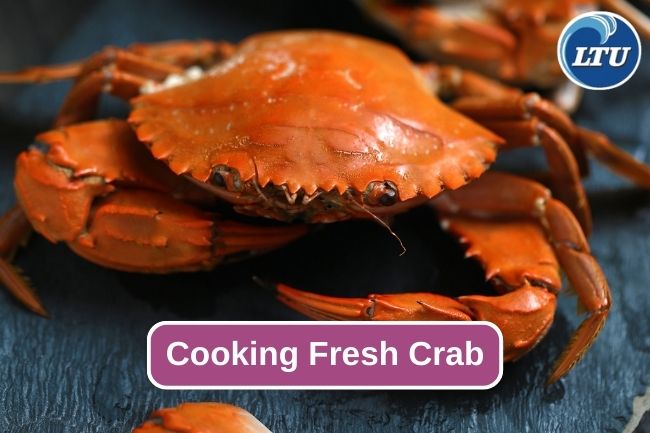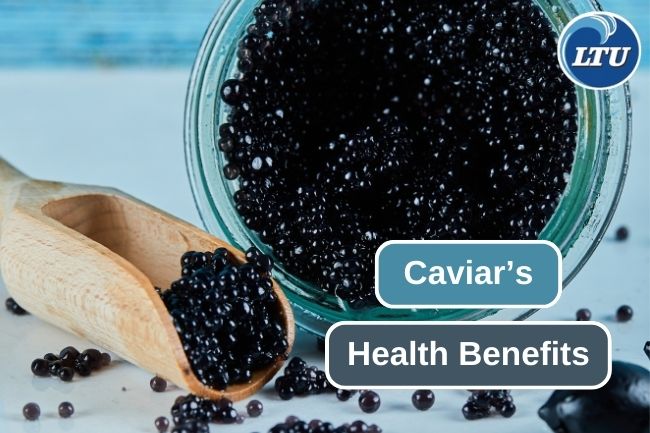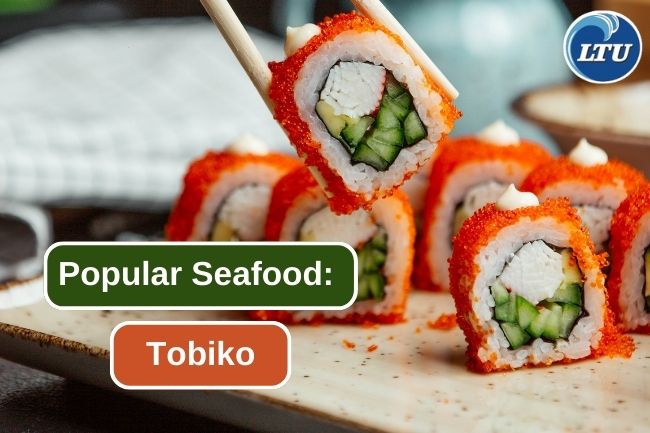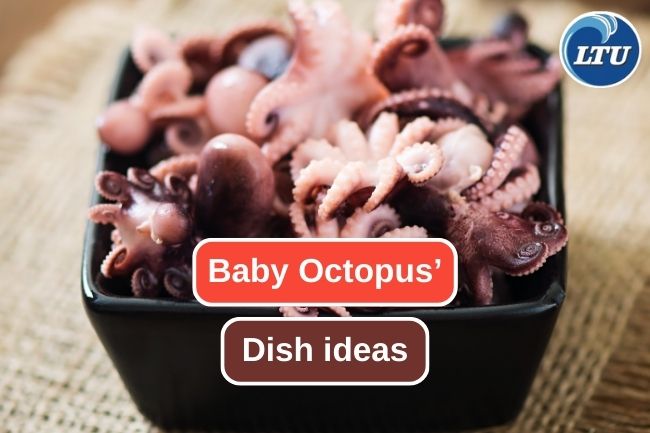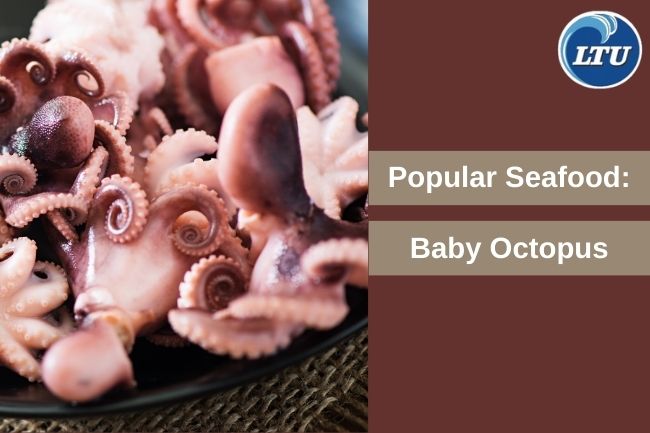Serving Caviar Properly
By. Nevanda - 30 Mar 2023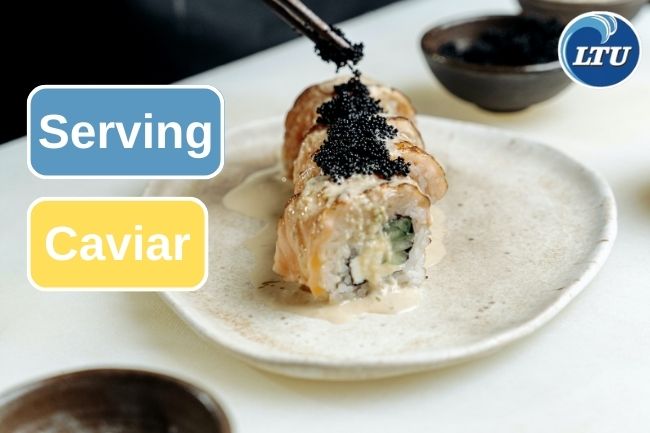
lauttimur.com - Caviar can absorb the strong flavors of steel, silver, and wood via oxidation, just as they absorb salt in the process of salting roe. So, you should never use for metal or wooden tableware. If you want to taste the natural brininess and butteriness of caviar, you can choose mother of pearl spoons.
Mother of pearl is a natural material that doesn’t impart a taste on the pure caviar flavor. Mother of pearl (MOP) utensils are also affordable and can be used multiple times. To clean MOP you need to handwash it gently after their use. As the name implies, mother of pearl is produced by mollusks that form an inner-shell layer to protect themselves from outside threats.
Read also: 6 Different Caviar from Sturgeon
If you decided to pair caviar with other foods, there’s an unspoken rule to try a little bit of caviar on its own before mixing it with other foods.
STORING CAVIAR
Caviar should be kept between -3 to 1°C. Air and heat are the greatest threat to your caviar's quality. Keep the container airtight and in the coldest part of the refrigerator until it is ready to serve, or else the flavour and texture will go bad.
Read also: The Right Way to Eat Caviar
Caviar is best served chilled, which is usually why certain caviar servers have built-in ice trays. Keeping the container over ice will help the product stay fresh. If it starts to warm up too much, then it can become soft and diminish flavour. Some people like to let their caviar warm up to room temperature to experience a stronger flavour and softer texture but we recommend keeping it chilled while serving to preserve the freshness and safety.
If the ice has melted and you still have leftover caviar, use some plastic wrap to cover the product, put on the original lid and return the product to the coldest part of your refrigerator for later use ASAP. Opened/unsealed, refrigerateed caviar should ideally be consumed within 3 days.
Read also: Skipjack Tuna Behavior


